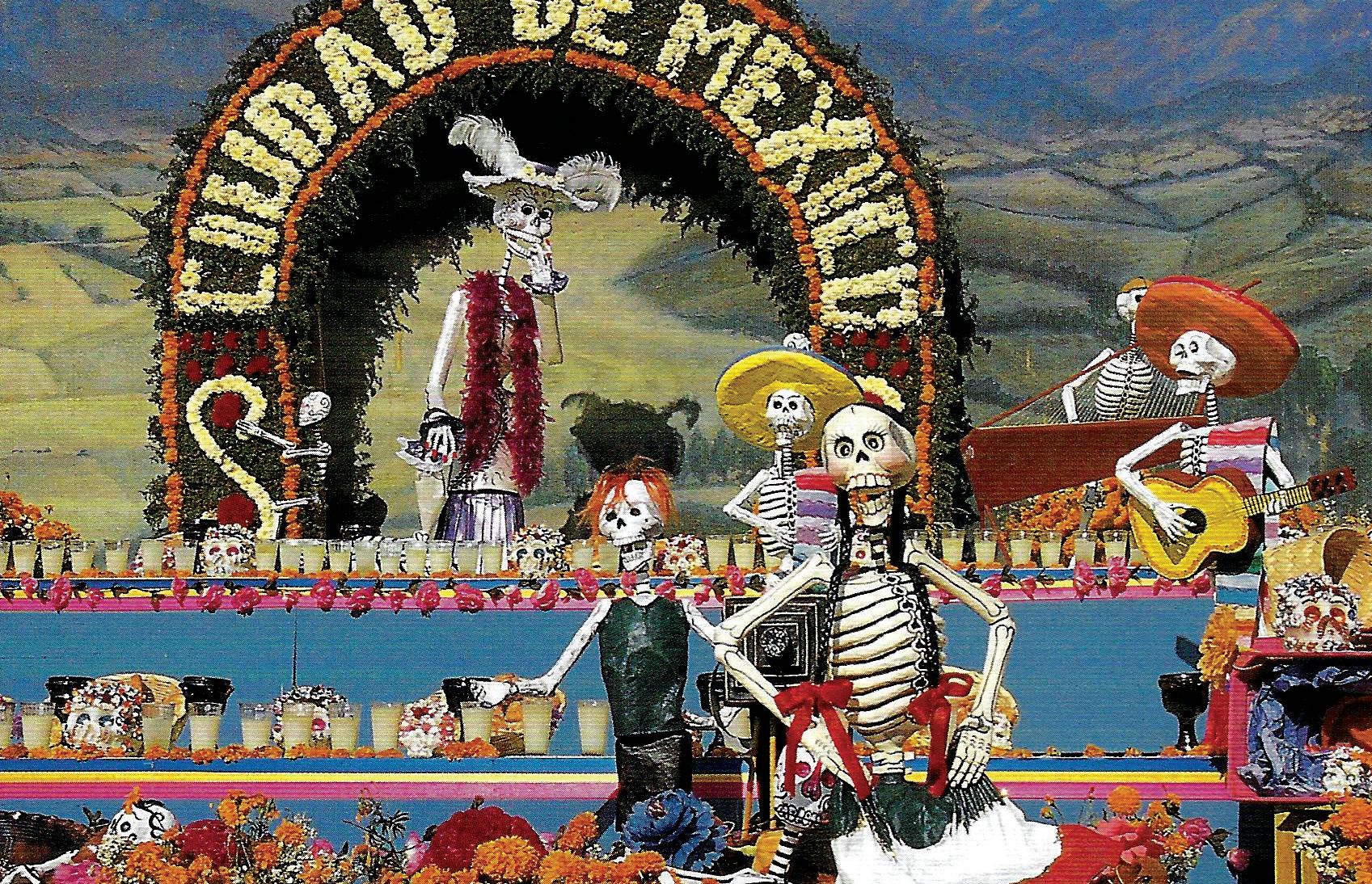
1 minute read
Ofrendas, Altars and Public Art
In addition to home ofrendas, it is also common in Mexico to create elaborate ofrendas in public spaces, such as town plazas, city halls, museums, schools and shop windows. Like home ofrendas, public ofrendas can honor personal friends or family members. Additionally, public ofrendas often pay homage to prominent community members, important people in history or people associated with significant cultural or political events or movements.
Mary J. Andrade
Advertisement
Altar with offerings. Hotel Radisson Mexico City, Mexico “Day of the Dead in Mexico: Through the Eyes of the Soul: Mexico City, Mexquic & Morelos” 1996.
Altar Levels
It is typical to represent all the elements. There must be air (represented by papel picado), water (drinks), fire (candles), and earth (seeds and food items). The altar will have two, three or seven levels. Usually that is decided by regional custom where two levels represent earth and sky. Three level altars represent hell, purgatory, and heaven; although it is said it also refers to the Holy Trinity, an adjustment for syncretism. Altars with seven levels are the most sophisticated: the first level holds the picture of a saint or virgin; the second holds candles and lights for the souls in purgatory in order to help them get out of there; the third holds toys and salt figurines for the children; the fourth holds pan de muerto; the fifth holds the departed’s favorite food and drinks, their tequila or mezcal; the sixth holds pictures; and the seventh holds crosses and rosary beads, preferably made out of seeds. The cempasúchil flowers will guide the dead with their perfume and a salt cross shall work as a compass, to allow them to reach this point where they can meet again those who long for them.









